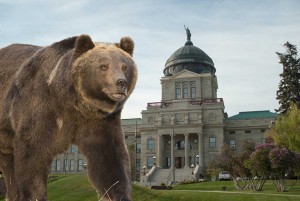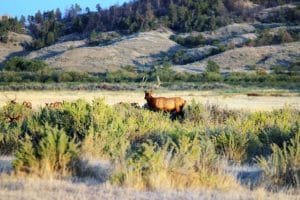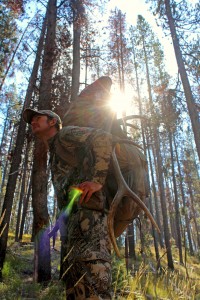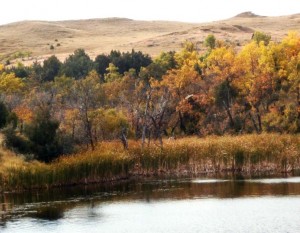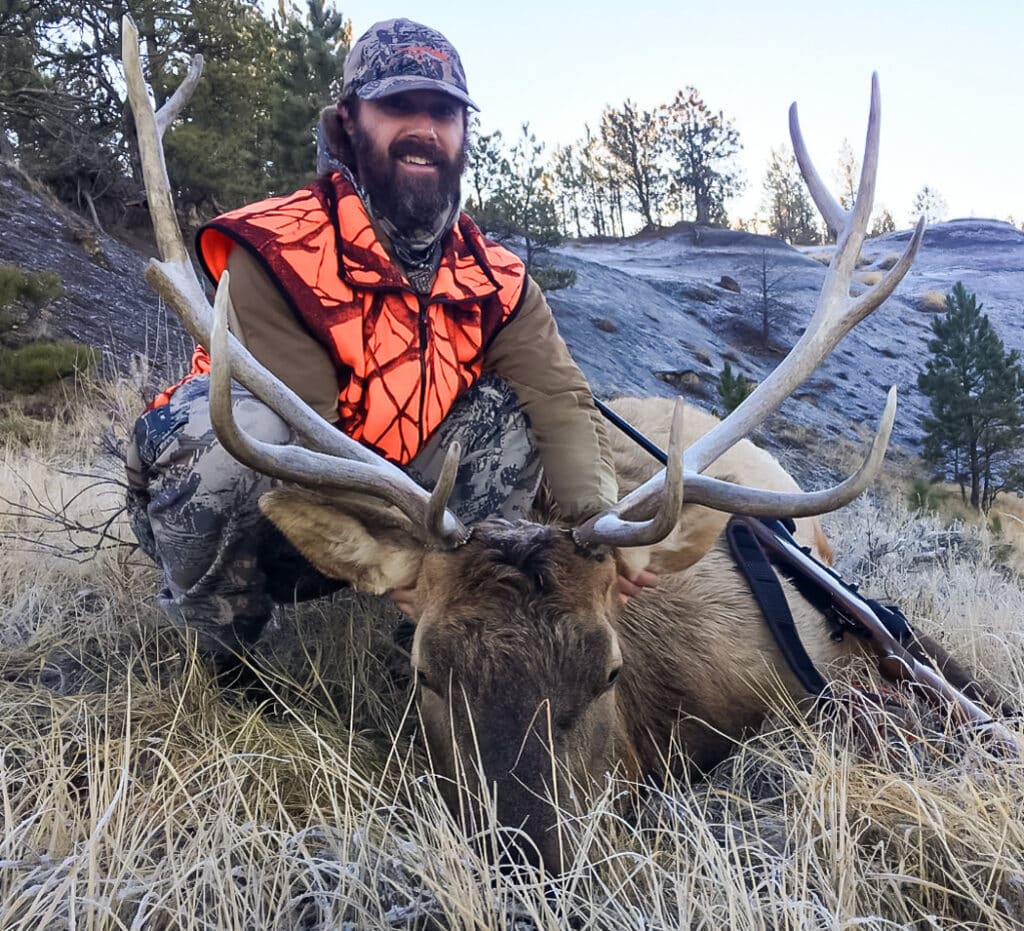
“America’s wildlife are in crisis and now is the time for unprecedented on-the-ground collaboration,” said Collin O’Mara, president, and CEO of the National Wildlife Federation. “Fish, birds, mammals, reptiles, and invertebrates are all losing ground. We owe it to our children and grandchildren to prevent these species from vanishing from the earth.”
Among the findings in Reversing America’s Wildlife Crisis: Securing the Future of Our Fish and Wildlife:
- One-third of America’s wildlife species are at increased risk of extinction.
- More than 150 U.S. species already have gone extinct.
- Nearly 500 additional species have not been seen in recent decades and are regarded as possibly extinct.
But the news isn’t all bad. The report also describes how it is possible to prevent the further decline of America’s wildlife through concerted, collaborative efforts.
“Here in Montana, we know that we can prevent wildlife from becoming endangered by working together to protect and restore habitat,” said Dave Chadwick, executive director of the Montana Wildlife Federation.
Montana has numerous examples of successful species restoration efforts. In 2014, the Arctic Grayling in the Big Hole River was kept off the federal endangered species list thanks to collaborative efforts by conservationists and ranchers in the Big Hole Valley. The conservation efforts around the greater sage-grouse represent another success story in progress. In some cases, species have even been saved through interventions as simple as survey efforts that document their population status.
“Stopping the wildlife extinction crisis isn’t hard, it just requires a willingness to work together and put resources into conservation. Over the long run, preventing wildlife from declining will save money and help avoid political fights. Common ground is common sense.” said Chadwick.
Legislation currently pending in Congress would dramatically increase funding for preventing conservation efforts. The Recovering America’s Wildlife Act (H.R. 4647) would increase funding for the Department of Fish, Wildlife and Parks’ conservation efforts, providing about $29 million/year in new federal funds for the agency. H.R. 4647 currently has 38 cosponsors, including Democrats and Republicans from all over the country. Rep. Greg Gianforte is not yet a cosponsor of the bill.

